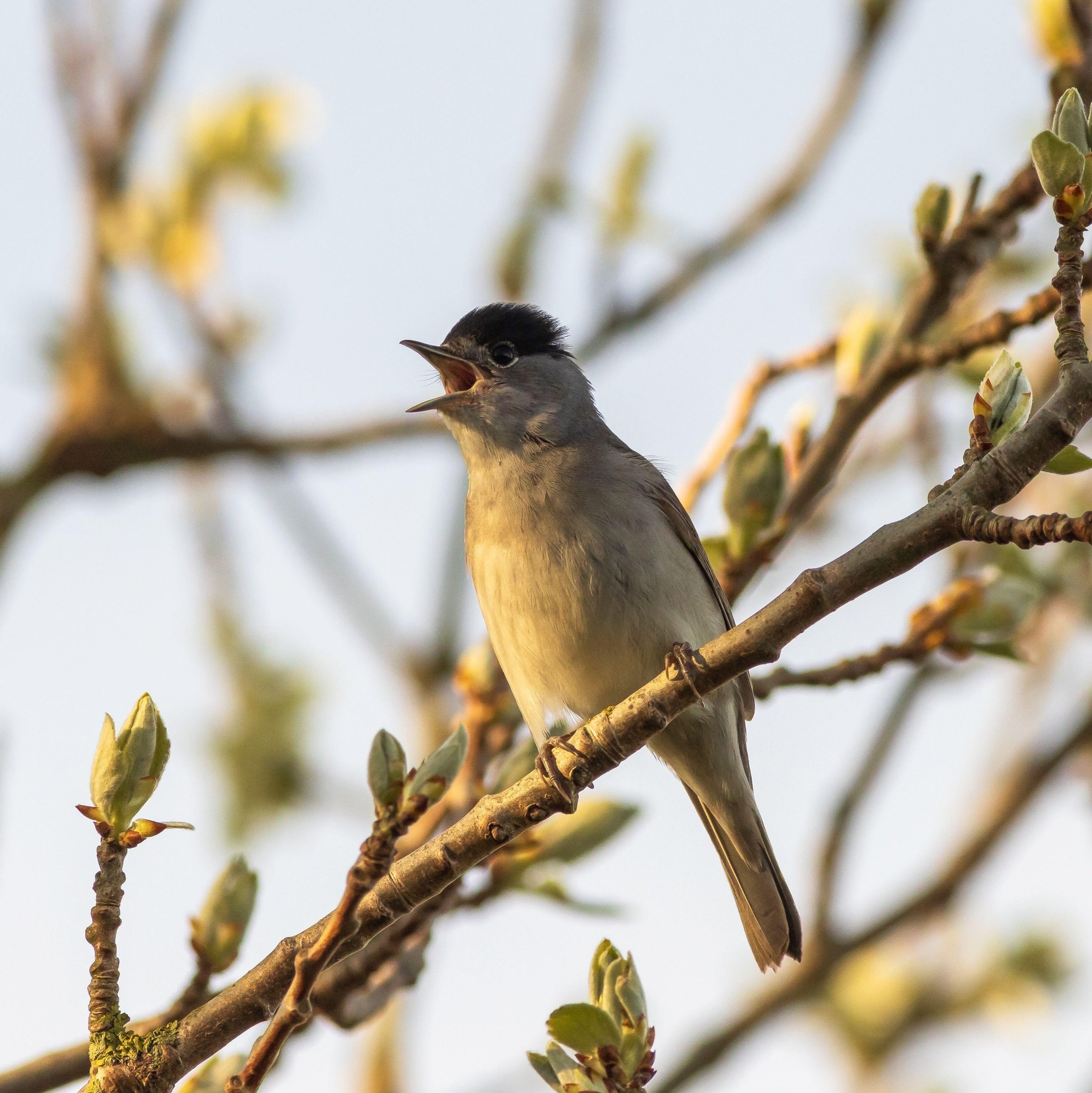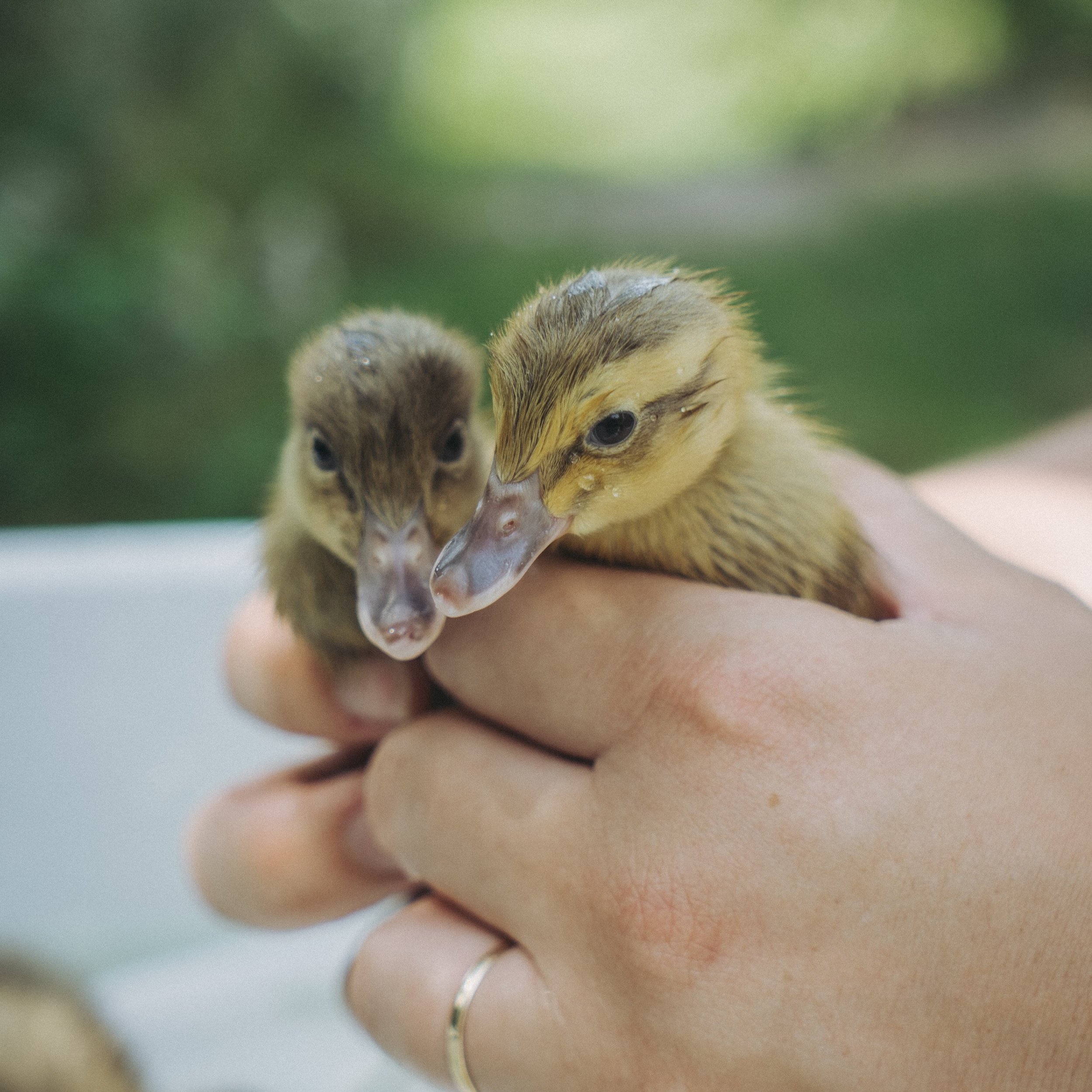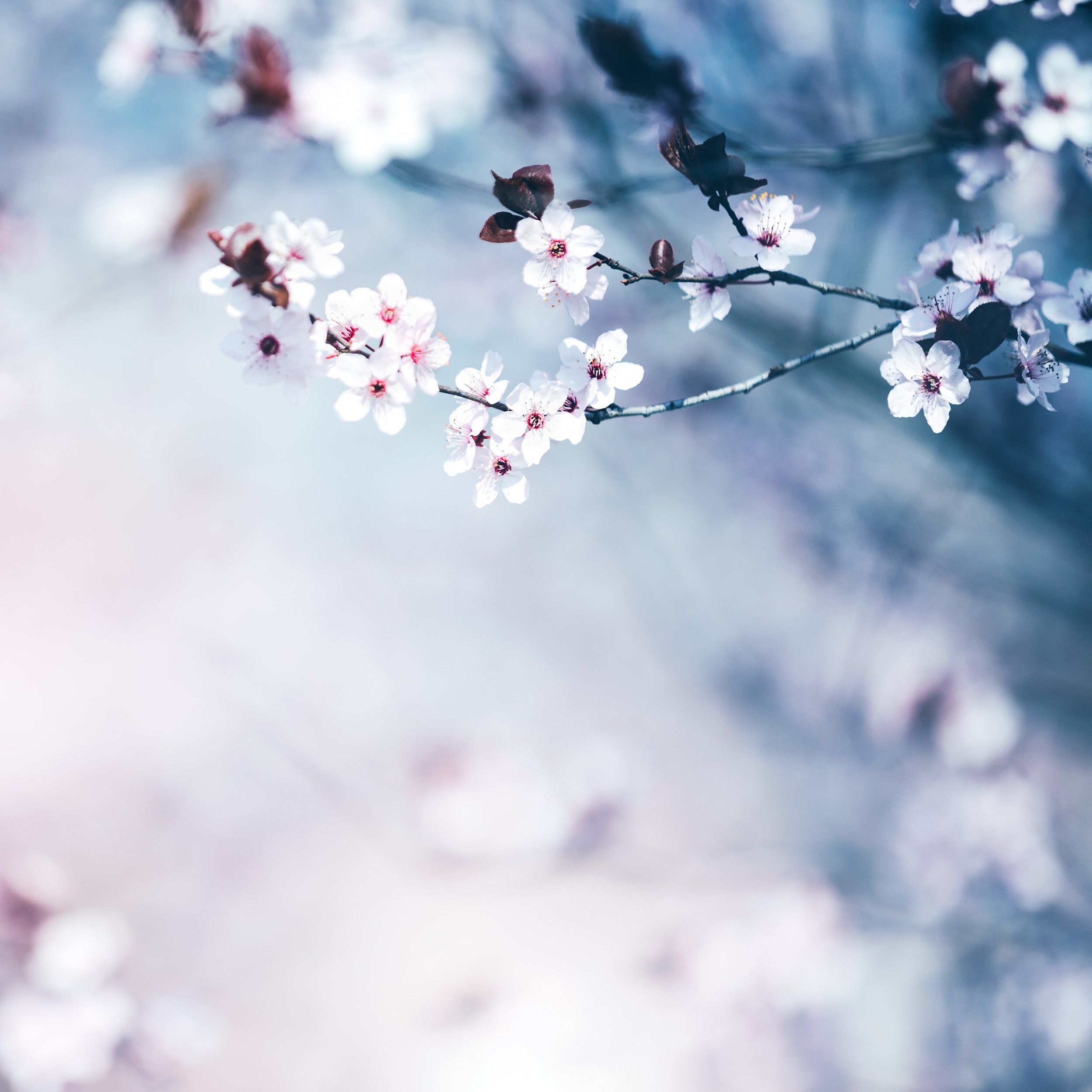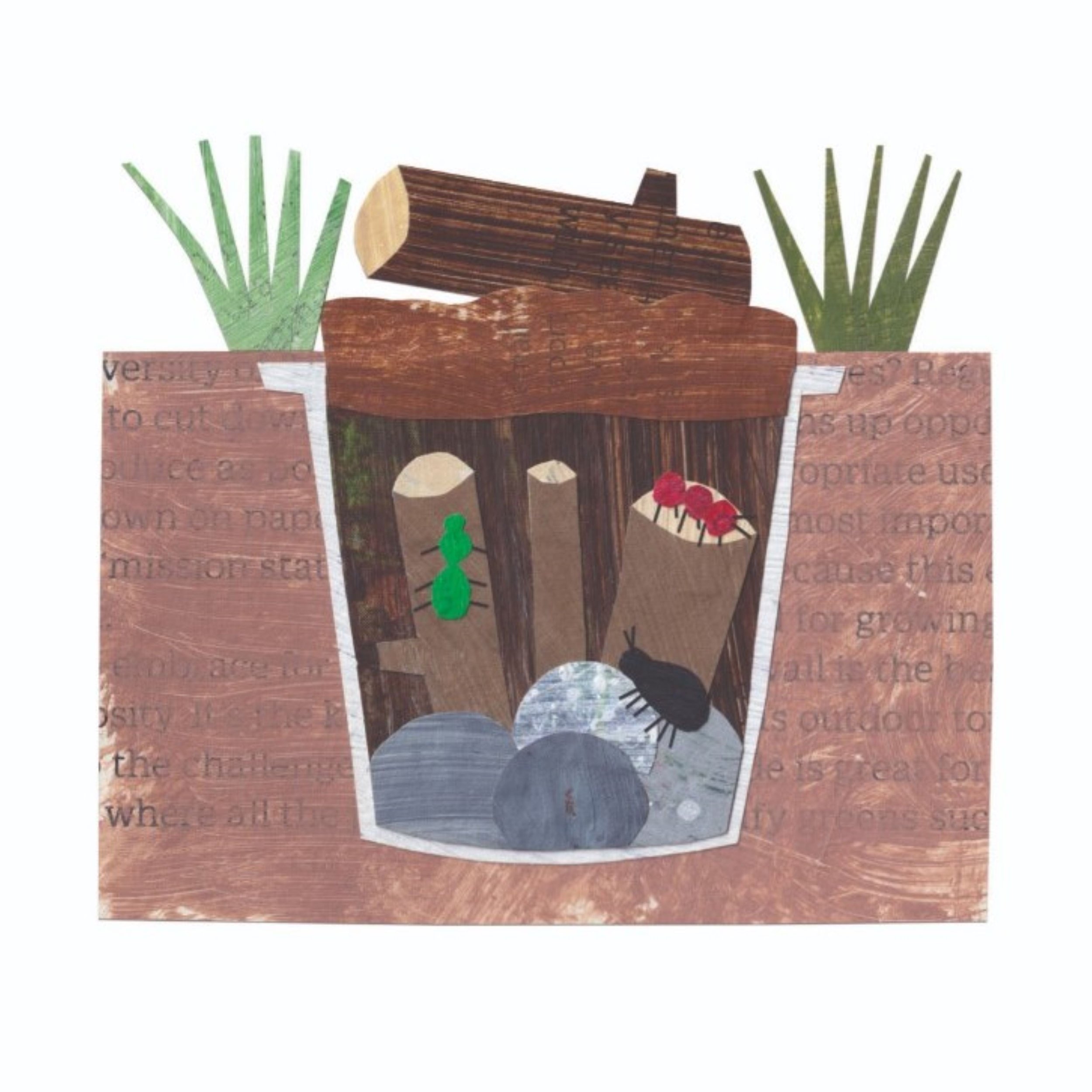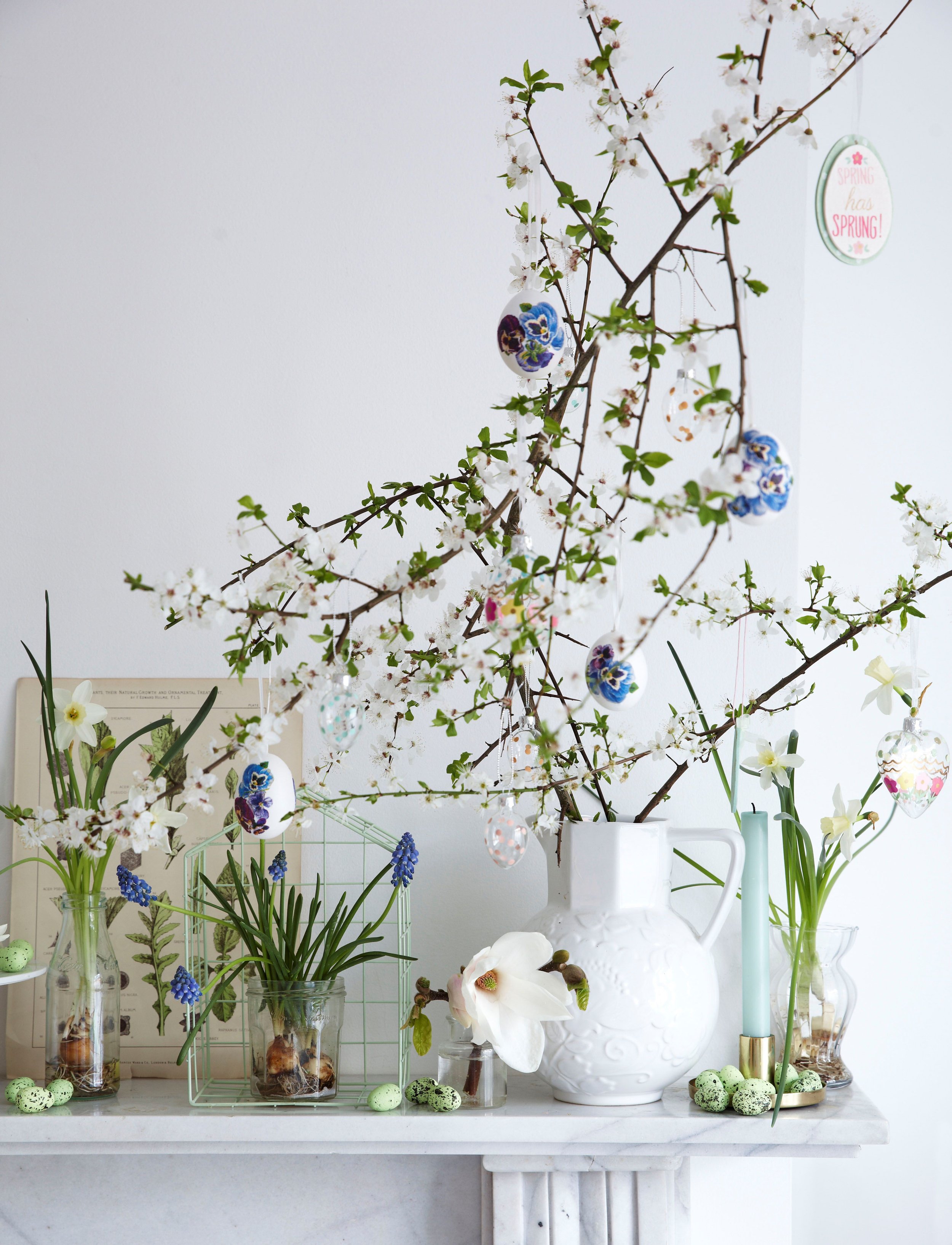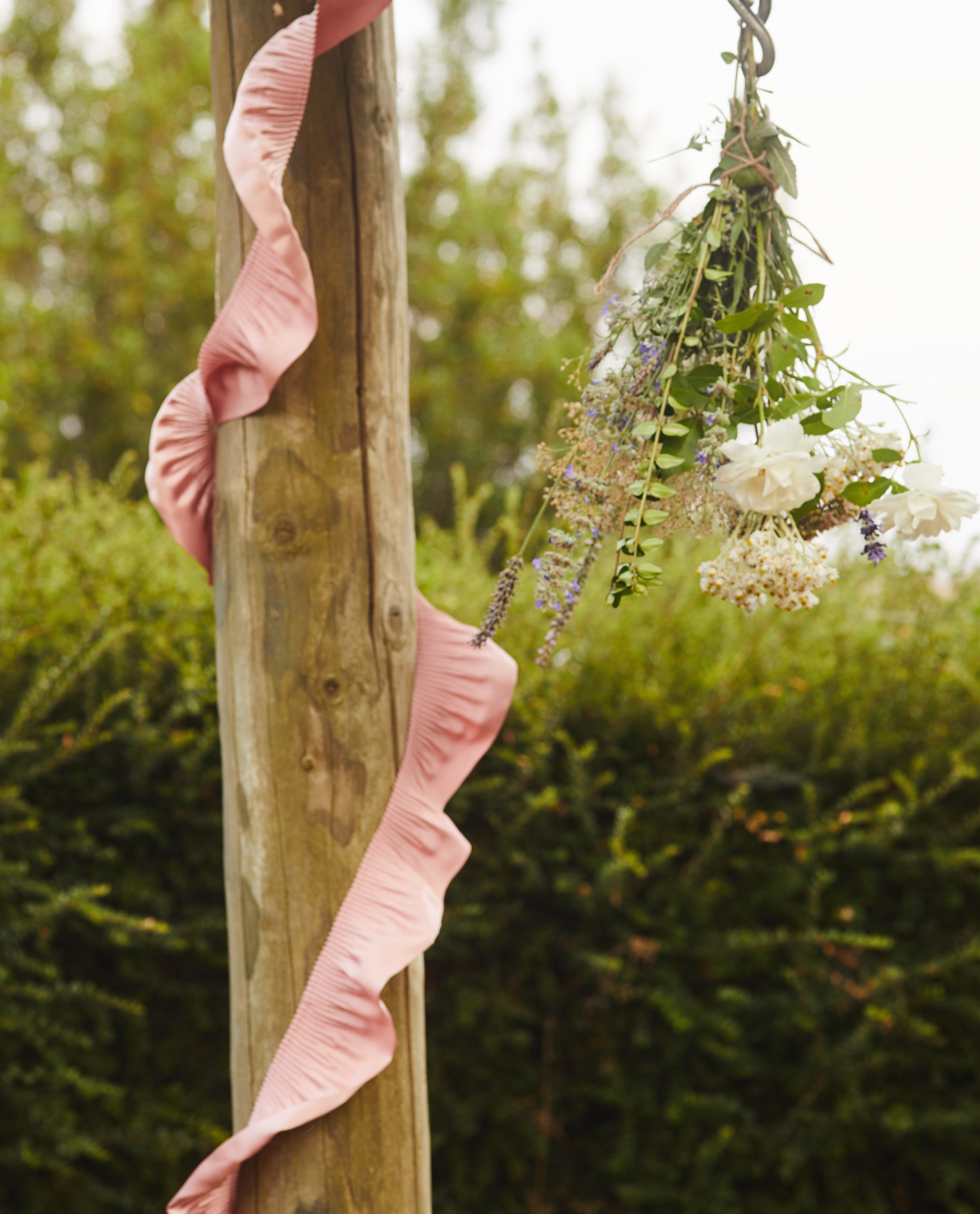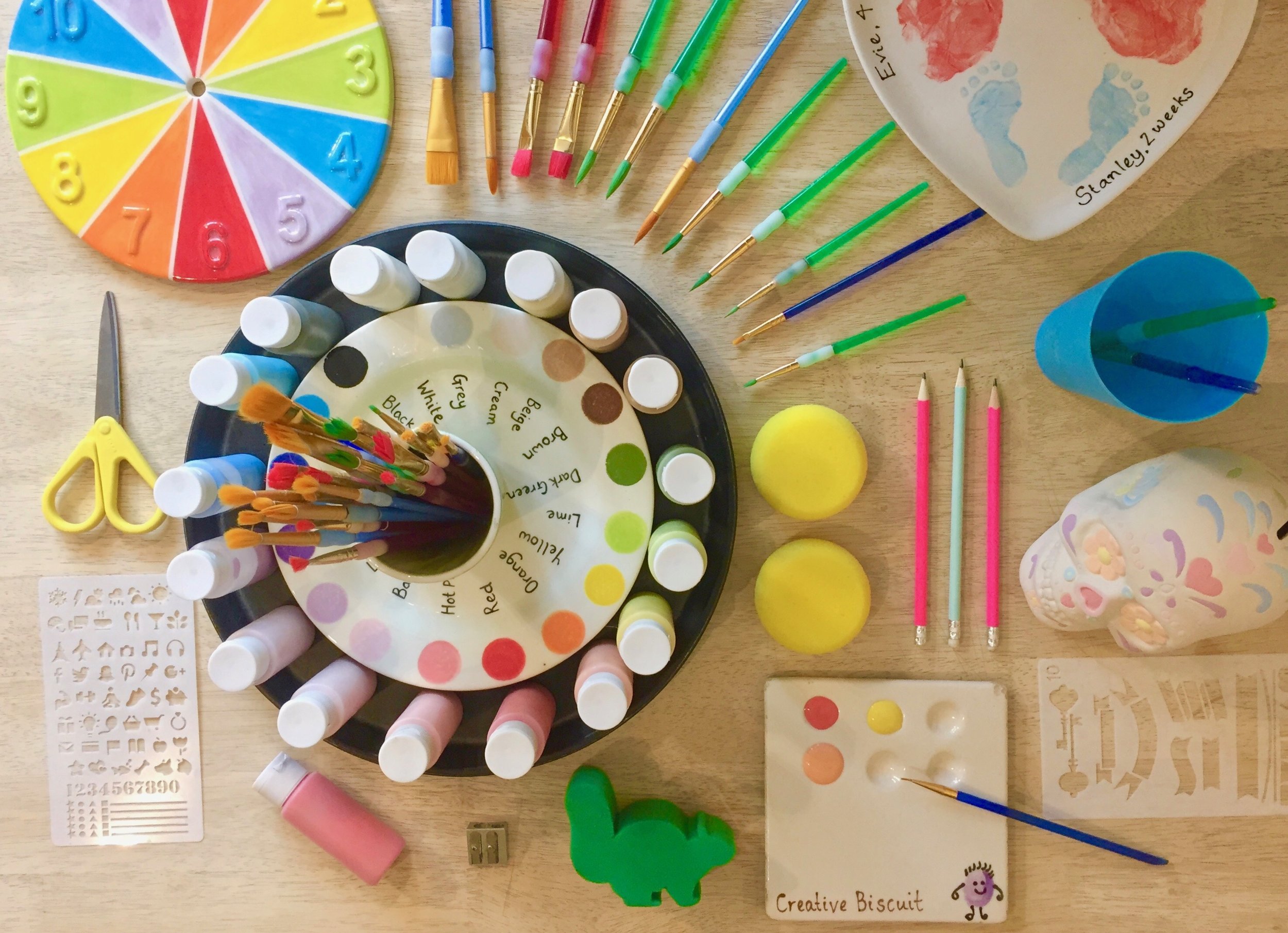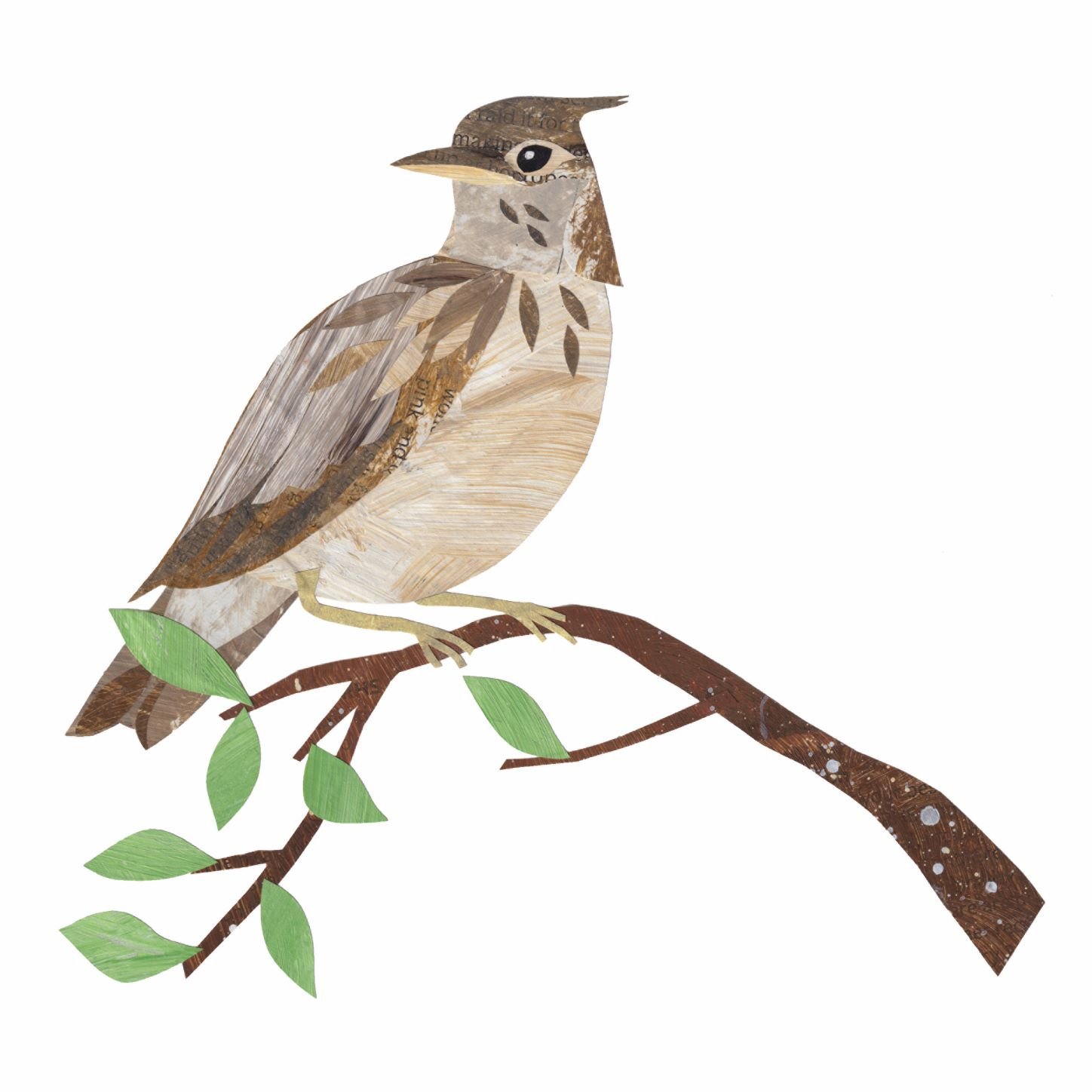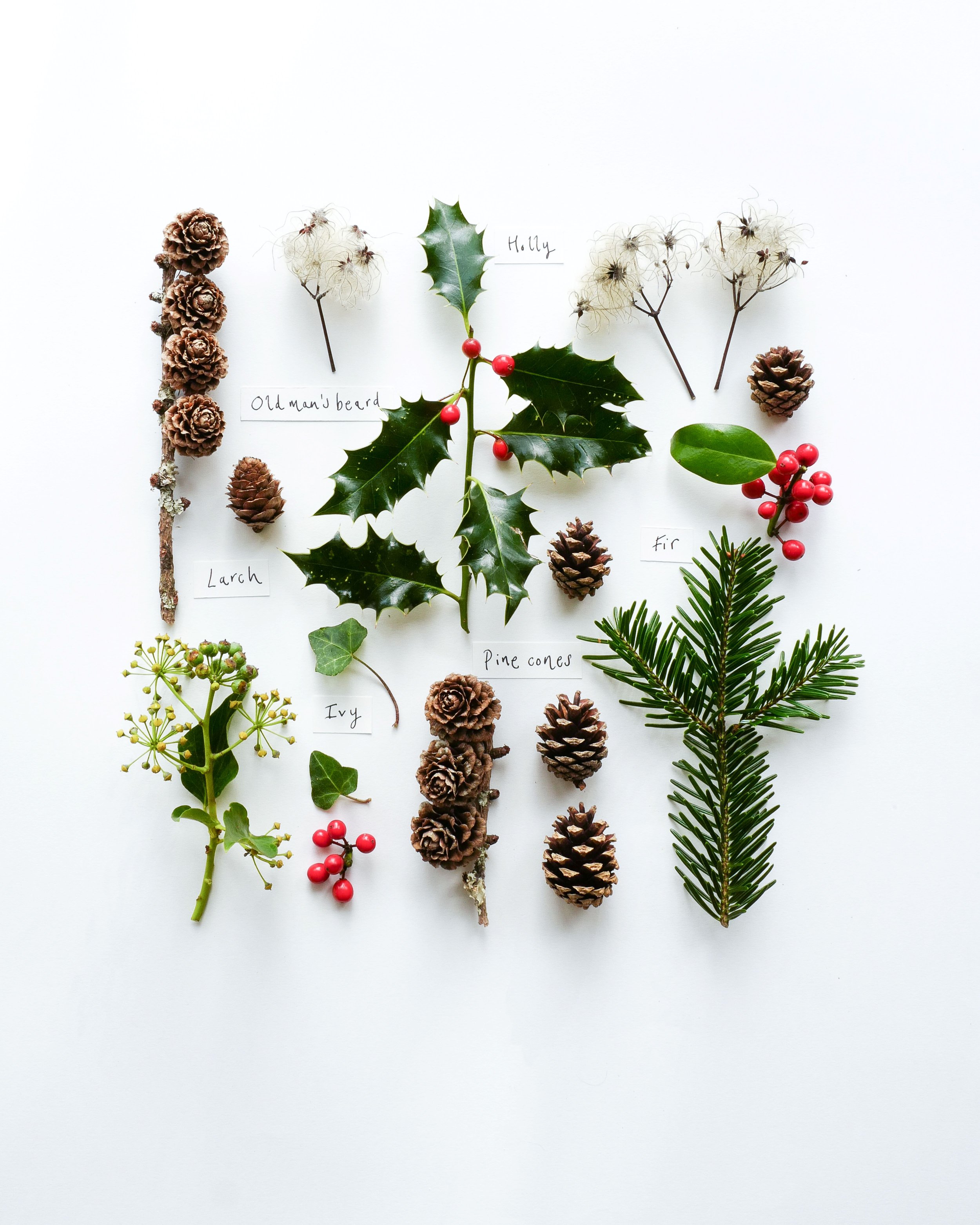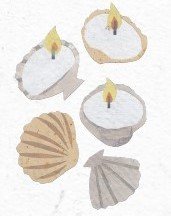Spring is the time for messing about in boats (or definitely for enjoying and amble or a cycle along the water’s edge). Whether you’re on a canal boat or are land-lubbing, there’s so much wildlife to see along Britain’s canals and towpaths.
In the water
Stop and look down into the water at a quiet spot and you’ll see all manner of waterlife. Look out for smooth newts, which are browny-green with spotted throats and are present in virtually all of Britain’s waterways. Frogs become aquatic in spring, too. Outside breeding season, they mostly live on land, but you might spot one doing breaststroke at this time of year.
If you’re really lucky you can spot the occasional otter in Britain’s canal network. They tend to live near lakes and rivers, or on the coast but you can sometimes spot them while hunting for food in quieter areas of the canals.
On the water
Look closely at the still surface of the canal and you might see waterboatmen, skating across the top of the water, particularly when the water close to them is disturbed.
Mallards, geese and swans are also common sights on our waterway network, sailing gracefully by as their feet paddle furiously and invisibly beneath.
In the air
Don’t forget to look up and around you while you’re on the canal or wandering along the towpath. Damsel flies and dragonflies love the reeds for breeding and can be seen darting across the water and the towpath, looking for food.
At dusk, keep an eye out for bats, also on the hunt for insects to eat. They often make their homes in old bridges, tunnels and aqueducts near canals and are particularly in evidence in the spring as they wake from hibernation.
And - you’ll need to be eagle eyed - but look out for flashes of petrol blue, streaking past your ears to dart into the water for fish. They live in areas of dense cover close to fresh water, and you shouldn’t approach their nests if you do see one, but they’re a sight to behold, flashing through the air.
On the banks
Ever feel like you’re being watched? Herons stand proudly at the edge of the canals, staring at their fellow water dwellers. They don’t like deep water so tend to perch on the banks or paddle in the shallow waters right at the edge.
There’s plenty of animal life on the riverbanks, too. Water voles make their homes in the steep banks of canals, with tunnels and nesting chambers forming a labyrinth in the banks themselves. Look out for ‘grazed’ areas of grass near the entrances to their tunnels.
In sandy canal banks, badgers find easy areas to dig and will often establish their setts there. Badger setts are actually a bit of a nuisance for canals as they can cause leaks, which are difficult and expensive to mend, so they will sometimes be ‘moved on’ by the canal trusts.
On the towpath
Watch out for grasshoppers, leaping across your path into the long grass (the clue is in the name, after all). Speaking of which, grass snakes also have dwellings in river banks but are more easily spotted out on the towpaths, basking in the sunshine. If they realise they’ve been spotted, grass snakes will sometimes play dead, a performance which can be fairly Oscar-worthy.
If you’d like to read more about why we all love a canal (and a towpath, too!), don’t miss our feature ‘Steady as you Go’ in our April issue.
Buy this month's The Simple Things - buy, download or subscribe

